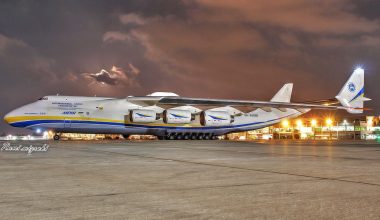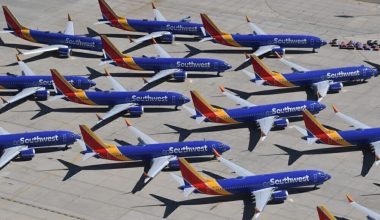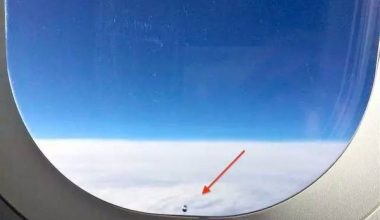
Evolution of Aircraft Engines
The aviation industry has gone through various technological advancements. The first aircraft was equipped with gasoline engines which consisted of pistons and carburetors. But the modern aircraft today feature powerful jet engines.
The “Wright Brothers Flyer” introduced in 1903 was powered by a simple in-line four cylinder, gasoline engine. It was the first ever aircraft engine made from cast iron and machined by hand. Even though the engine’s horsepower exceeded the amount which the Wright Brothers had originally planned, it still only produced 12 horsepower, which is roughly the same as a riding lawnmower.

In 1943, the American fighter plane P51B “mustang” featured an internal combustion engine. Its theory was same as that of Wright brother’s engine. The Merlin engine in the “mustang” (designated V-1650-3 Packard Merlin engine) produced 1,520 horsepower and allowing the plane to have a cruising speed of 340 knots at 10,000 feet.
Jet technology came into operation in 1952 when the de Havilland Comet jetliner initiated first ever commercial operation with jet engine. This new jet liner was powered by two pairs of de Havilland Ghost 50 Mk1 turbojet engines, which produced 5,000 lbf (22.5 kN) of thrust.
Jet engine enhanced faster, quieter and comfortable flight experience satisfying majority of airline passengers. The jet technology has become a huge success today.
Jet engines create forward thrust by taking in a large amount of air and discharging it as a high-speed jet of gas. The way they’re designed allows aircraft to fly faster and further compared to propeller-driven aircraft. Commercial air travel has been more efficient, practical and profitable after the development and advancement of jet engines over the period of the last 65 years.
General Electric GEnx, CFM international CFM56, Rolls Royce Trent XWB, Pratt and Whitney PW1000G are some of the brilliant jet engines today.

How do jet engines work?
All the jet engines work on the same principle. The air is sucked by the engine and the compressor made of many blades attached to a shaft raises the pressure of the air. High spinning blades compress or squeeze the air and the compressed air is sprayed with fuel and an electric spark ignites the mixture. The burning gases expand and blast out via the nozzle at the rear part of the engine. When the gas shoots backward, the engine accelerates forward hence, providing thrust to an aircraft. As the hot air is going to the nozzle, it passes through another group of blades called the turbine. The turbine is attached to the same shaft as the compressor. Spinning the turbine causes the compressor to spin.






